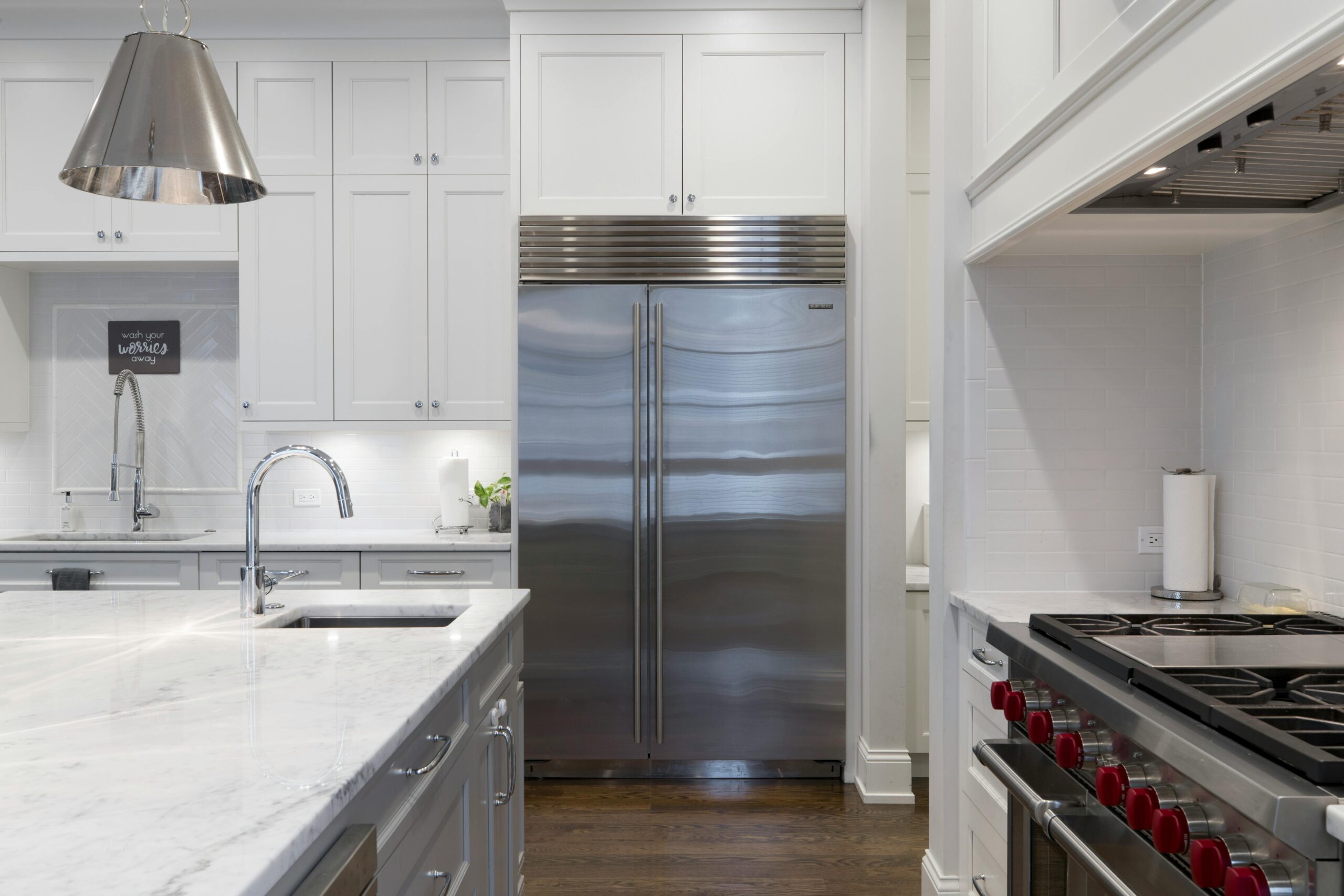
When Detroit’s nights turn chilly and the windows start to close, the air inside your home doesn’t circulate as freely, and that can make your dryer a hidden fire hazard. Each fall, homeowners focus on furnace maintenance, but your dryer vent cleaning deserves just as much attention. Lint buildup and blocked vents can cause dryer overheating, inefficient drying, and even house fires.
According to the National Fire Protection Association (NFPA), dryers cause nearly 15,000 home fires each year, most of which are caused by lint buildup. Before heating season arrives, set aside a little time for dryer safety. A quick checkup could prevent a serious problem later.
Warning Signs: Hot Cabinet, Long Dry Times, Burning Smell
Your dryer communicates more than you might realize. When airflow becomes restricted, it sends subtle warnings:
- Hot to the touch: If your dryer’s cabinet or top feels unusually hot after a cycle, that’s a sign that air isn’t venting properly. Heat builds up inside, stressing internal components and increasing the chance of ignition.
- Long drying times: A load that once took 45 minutes may now take twice as long. That’s a red flag for a clogged vent or crushed hose restricting airflow.
- Burning or musty odors: Lint is highly flammable. If you smell something scorched, stop the dryer immediately and check the vent hose and lint screen.
- Excess lint behind the dryer: When air can’t escape through the vent, it leaks from joints and seams, leaving lint along the wall or floor.
- Dryer shuts off mid-cycle: Many newer dryers have high-temperature cutoffs. When lint buildup causes overheating, your dryer may stop automatically to prevent fire.
Common Detroit Problems: Long Runs, Crushed Foil Hoses, Roof Caps & Bird Nests
Detroit’s older housing stock often hides ductwork in walls, crawlspaces, and attics, and that makes vent cleaning tricky. Local homes face a few common challenges:
- Long vent runs: Many older Detroit homes and multifamily units have dryers positioned far from an exterior wall. That means 15 to 25 feet of ducting, which easily traps lint in elbows and low points. The longer the vent, the more airflow resistance you’ll have and the higher your fire risk becomes.
- Crushed foil hoses: Flexible foil ducts are common in DIY setups, but they flatten easily when the dryer is pushed back against the wall. That restriction creates a choke point where lint piles up fast.
- Roof terminations and bird nests: Homes in suburbs like Fraser, Roseville, and St. Clair Shores often vent dryers through the roof. That location attracts birds seeking warmth or shelter, leading to blocked caps and nesting debris.
- Winter backdraft dampers: When temperatures drop, metal vent caps can freeze or stick closed from condensation. That traps heat and moisture in the duct, perfect conditions for lint to harden and create a clog.
What Pros Do vs. DIY: Proper Rigid Duct, Elbow Counts, Airflow Testing
Homeowners can clear the lint trap and vacuum the first few feet of hose, but true dryer vent maintenance goes deeper. Professional technicians have specialized tools and training to restore full, safe airflow:
- Rigid duct installation: Pros replace flimsy foil hoses with rigid galvanized pipe that meets fire code and resists crushing.
- Elbow count reduction: Every bend reduces airflow by up to 15 percent. Technicians map the vent layout to minimize unnecessary turns and re-route ducts if needed.
- Rotary brushing and vacuum extraction: A professional-grade brush snakes through the entire duct run, dislodging compacted lint while a high-powered vacuum captures debris.
- Airflow testing: Using anemometers, technicians verify cubic-feet-per-minute (CFM) flow at the termination point to confirm safe operation.
- System inspection: A full inspection includes the vent cap, backdraft damper, and transition hose, ensuring everything meets manufacturer and NFPA safety standards.
Dryer Safety Dos and Don’ts
DO:
- Clean the lint screen before every load.
- Vacuum lint from around and under the dryer monthly.
- Schedule annual dryer vent cleaning by a licensed HVAC professional.
- Keep combustible materials away from the dryer area.
DON’T:
- Use plastic or foil accordion hoses; they trap lint and melt under heat.
- Ignore burning smells or extended drying times.
- Block the exterior vent with mulch, snow, or latticework.
Fall Dryer Safety Checklist
Every October, make this your quick 5-step lint inspection before heating season begins:
- Remove & rinse lint screen. Clean with mild soap and water to remove film buildup from dryer sheets.
- Inspect the vent hose connection. Make sure it’s tight, smooth, and not crushed behind the appliance.
- Check the outside vent cap. Confirm the damper opens freely and isn’t obstructed by lint or debris.
- Vacuum behind and under the dryer. Lint accumulates under appliances where heat can ignite it.
- Book a professional vent cleaning, especially if your home has long vent runs, roof exhausts, or visible lint around the exterior cap.
A 20-minute check once a year could prevent a fire that takes minutes to start.
Make a 20-Minute Dryer Safety Checklist (and When to Call Us)
If you notice dryer overheating, long cycles, or a musty smell after laundry day, it’s time for a professional inspection. Detroit Appliance’s licensed and certified technicians specialize in keeping Detroit-area homes safe and efficient. We’ll check your duct run, clean all connections, and ensure your system vents properly before winter hits.
Book your dryer vent inspection with Detroit Appliance and enjoy peace of mind before heating season begins.



